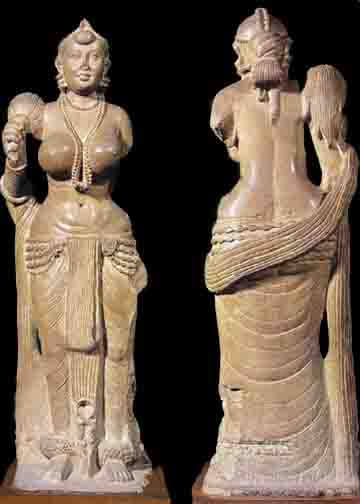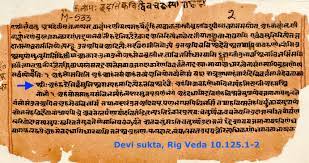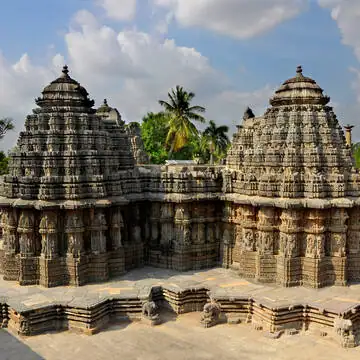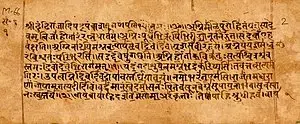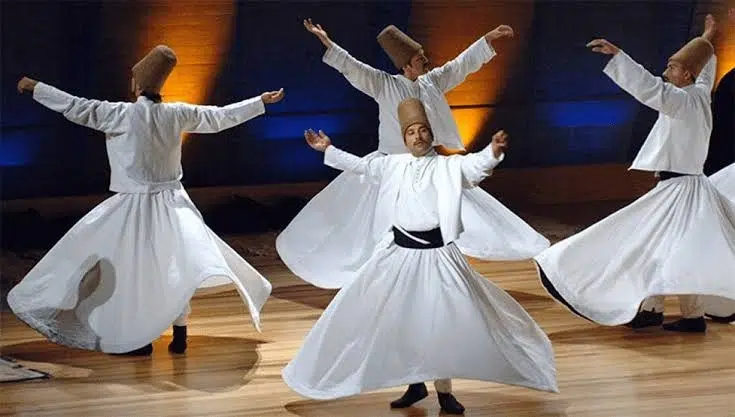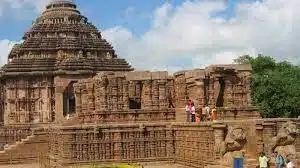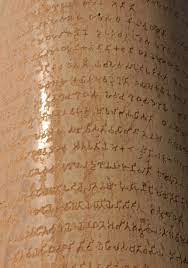National Calendar
The national calendar based on the Saka Era, with Chaitra as its first month and a normal year of 365 days was adopted from 22 March 1957 along with the Gregorian calendar for the following official purposes:
- Gazette of India.
- News broadcast by All India Radio.
- Calendars issued by the Government of India.
- Government communications addressed to the members of the public.
Dates of the national calendar have a permanent correspondence with dates of the Gregorian calendar, 1 Chaitra falling on 22 March normally and on 21 March in leap year.
Adoption of National Calendar
- Senior Indian Astrophysicist Meghnad Saha was the head of the Calendar Reform Committee under the aegis of the Council of Scientific and Industrial Research.
- Other members of the Committee were: A. C. Banerjee, K. K. Daftari, J. S. Karandikar, Gorakh Prasad, R. V. Vaidya and N. C. Lahiri.
- It was Saha’s effort, which led to the formation of the Committee.
- The task before the Committee was to prepare an accurate national calendar based on scientific study, which could be adopted uniformly throughout India. It was a mammoth task. The Committee had to undertake a detailed study of thirty different calendars prevalent in different parts of the country.
- The task was further complicated by the integration of those calendars with religion and local sentiments.
- Usage started officially at 1 Chaitra 1879, Saka Era, or 22 March 1957.
Types of Calendar in India

In India, four types of calendars are followed:
- Vikram Samvat
- Saka Samvat
- Hijri calendar
- Gregorian calendar
The Vikram Era
The Vikram Samvat also regarded as the Vikrami calendar is a historical calendar for the Hindus in India. Vikram Samvat is also the official calendar of Nepal and is named after the king Vikramaditya.
- Founded by King Vikramaditya in 57 BC.
- To celebrate the victory over Sakas in Ujjain.
- It marks the beginning of the Vikrama era that prevailed in India and Nepal.
- The period is named after King Vikramaditya to mark his triumph over the Saka rulers.
- It starts at 57 B.C. before the 9th century with Vikramaditya.
- This is a calendar based on the movement of the moon and has 354 days in a year.
- The Vikram Samvat has 12 months with each month divided into two phases:
- Shukla paksha (15 days) – begins with the new moon and ends with a full moon
- Krishna paksha (15 days) – begins with a full moon and ends with the new moon
The 12 months of Vikram Samvat that correspond to the 12 months of the Gregorian Calendar are mentioned in the table below:
| Vikram Samvat | Gregorian Calendar |
| Baishakh | April-May |
| Jestha | May-June |
| Ashadh | June-July |
| Shrawan | July-August |
| Bhadra | August-September |
| Ashwin | September-October |
| Kartik | October-November |
| Mangsir | November-December |
| Poush | December-January |
| Magh | January-February |
| Falgun | February-March |
| Chaitra | March-April |
The Saka Era
Facts about Saka Calendar
- It is a historical calendar era corresponding to Julian year 78.
- Founded by Saka king Kanishka.
- It is also known as Shalivahana Saka era or Mahasakkarat Era.
- Saka era marks the remembrance of King Shalivahana’s chief military triumphs.
- The first indication of a relationship between King Shalivahana and the Saka era was authenticated by the Kannada work Udbhatakavya by Somaraja.
- The Saka calendar is used also by the Indonesian Hindus in Bali and Java.
- The Gazette of India uses this calendar along with the Gregorian Calendar.
Hijri/Hijra calendar
The Hijri calendar is an Islamic lunar calendar which consists of 12 lunar months and 354/355 days. The Hijri calendar is used to determine the Islamic holidays and rituals such as the annual period of fasting and the pilgrimage time to Mecca.
Some of the important facts about the Hijri calendar are mentioned below:
- The Islamic year began in AD 622 during which the migration of Prophet Muhammad from Mecca to Medina, known as the Hijra happened.
- The Islamic year has 12 months that are grounded on a lunar cycle.
- It has 354 days.
- It is used to date events in many Muslim countries simultaneously with the Gregorian calendar.
- Muslims everywhere in the World use this calendar to decide the proper days on which to observe Ramadan, to attend Hajj, and to celebrate other Islamic festivals.
- There are 12 months in the Hijri calendar which are mentioned below:
- Muharram
- Safar
- Rabia Awal
- Rabia Thani
- Jumaada Awal
- Jumaada Thani
- Rajab
- Sha’ban
- Ramadan
- Shawwal
- Dhul-Qi’dah
- Dhul-Hijjah
Gregorian Calendar
The Gregorian calendar which was developed as a correction to the Julian Calendar was introduced in October 1582. This calendar is named after Pope Gregory XIII and is the most used calendar in the world. This calendar determines the Earth’s revolution around the Sun and spaces leap years to make the average year 365.2425 days long.
Some of the unique features of the Gregorian calendar are:
- The Gregorian calendar is used as the civil calendar.
- It began to be used from 1582.
- It is named after Pope Gregory XIII, who introduced the calendar.
- It substituted the earlier Julian calendar because the Julian calendar had a miscalculation regarding leap year.
- The Julian year had 365.25 days.
- The Gregorian calendar sustained to employ the Julian months.
- January
- February
- March
- April
- May
- June
- July
- August
- September
- October
- November
- December
Other Important Eras are given below in the table :
| The Gupta Era | Founded by Chandragupta I in 320 AD |
| The Harsha Era | Founded by Harshavardhana in 606 AD |
| The Kalchuri Era | Founded by Trikuta dynasty in 248 AD |
| The Lakshaman Era | Founded by Laxman Sen of Bengal in 1119 AD |
Also refer:

